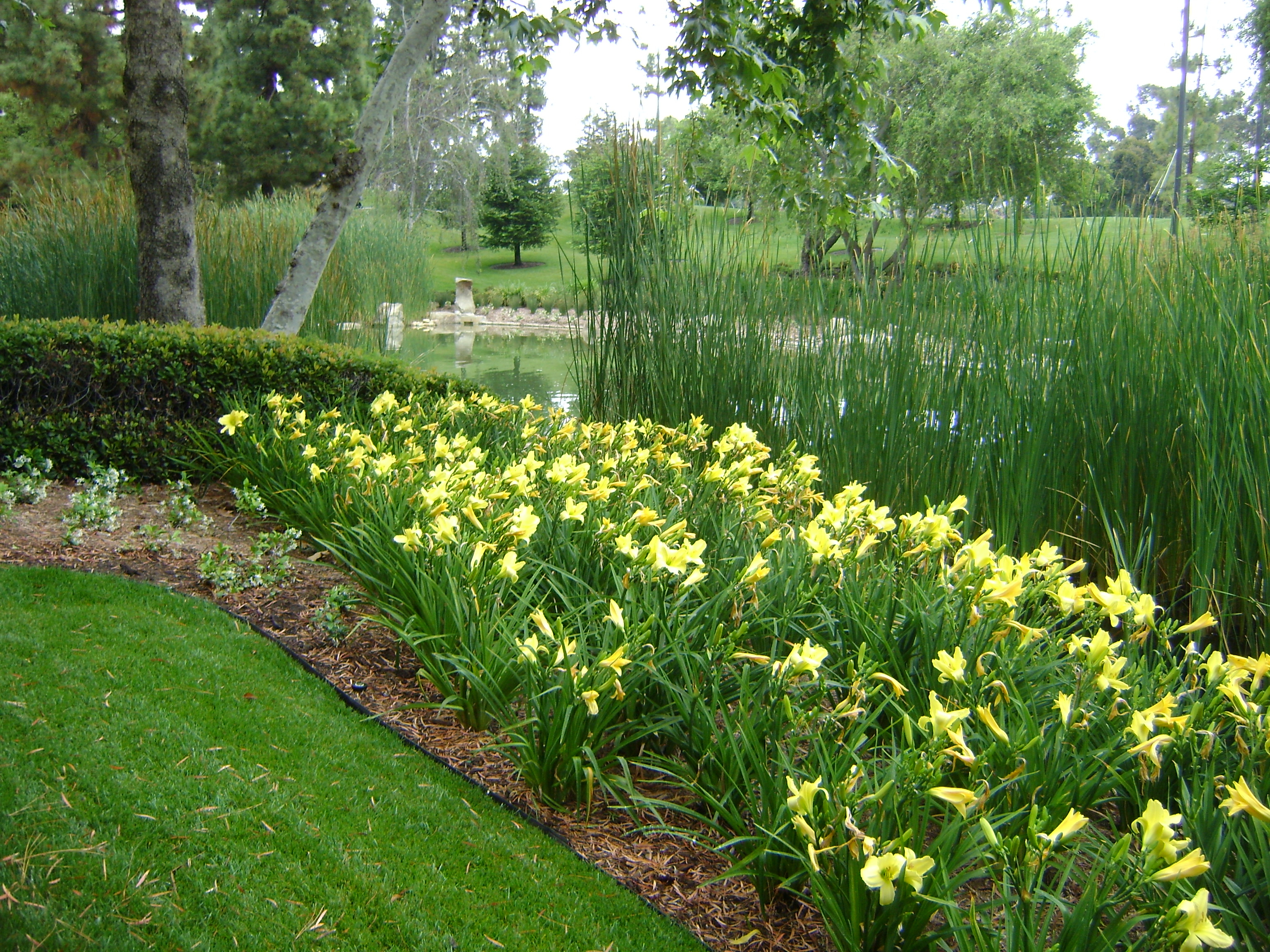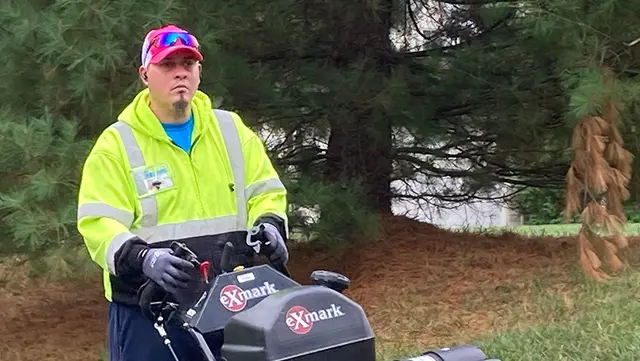
Don’t Bury Flower Bulb Orders on Your To-Do List
Late summer is the best time to order spring-blooming bulbs
Nothing says spring like tulips, daffodils, and other blooming flower bulbs. If you love them as much as we do, spring to it and place your order now. August is the best time to order spring-blooming bulbs to ensure you’ll be ready for the fall planting season.
Bulbs are a fantastic investment that can yield years of colorful dividends. In fact, when planted in the right location with six to eight hours of sunlight daily, your bulbs can provide 25 to 30 years of annual spring blooms. With so many great options, how do you decide what to plant? We can help:
Tulips

Tulips come in just about every color of the rainbow, except blue. The variety makes them a popular option, especially for properties looking to create a colorful display consistent with their brand. Select tulips by their bloom season: early, mid, late, or very late. The later the bloom, the taller the flower stem will grow. Darwin Hybrid tulips are among the most popular and stand about 18-inches high with 4- to 5-inch-wide blooms.
Unfortunately, deer like tulips about as much as people do. A lush display will quickly become an all-you-can-eat buffet. If deer frequent your property, tulips aren’t the best option. They’ll eat the whole plant, bulb and all.
The other tulip caveat is that they’re one-and-done, meaning they generally don’t re-flower well. Once a tulip has bloomed, the bulb will need to be dug up, discarded, and replaced with a new bulb the following year.
Daffodils
If you have deer issues, then daffodils are the solution. Daffodils have an alkaloid in the foliage and bulb that deer will not eat. Daffodils can be planted in beds, then transplanted to natural areas along a wood line or in well-drained grassy meadows after they’ve bloomed. The daffodils will thrive and bloom there year after year with little care.
When digging up daffodils for transplant, it’s important to keep as much of the foliage as possible attached to the bulb. The foliage will need to naturally ripen, turning yellow/brown so the green energy can transfer to the bulb to produce a flower again next spring.
Like tulips, daffodils bloom by season — very early, early, midseason, late, and very late. The very late daffodils tend to have smaller flowers, but have the best fragrance of all. Even just a few stems will make your property smell like spring.
For a very early bloomer, Tete’ A Tete’ is a very popular option. These bright yellow, short-stature daffodils bloom for many weeks, often with snow still on the ground. For a midseason option, consider Tahiti. Tahiti’s spectacular appearance will most certainly stand out. With bright yellow outside petals and a shocking orange-colored inside cup, it can’t be missed.
Minor Bulbs
There’s nothing minor about the minor bulbs, such as crocus, snowdrops, and scilla. These lesser known miniatures are growing in popularity, and rightfully so. They have a major impact and make a spectacular accent to larger bulbs. Minor bulbs are usually planted in masses of hundreds or thousands across a lawn or meadow, creating flower displays that triumphantly declare spring has arrived. In this planting situation, the lawn is not mowed after flowering until mid-August to allow the foliage to ripen and die for next year’s flower display.



